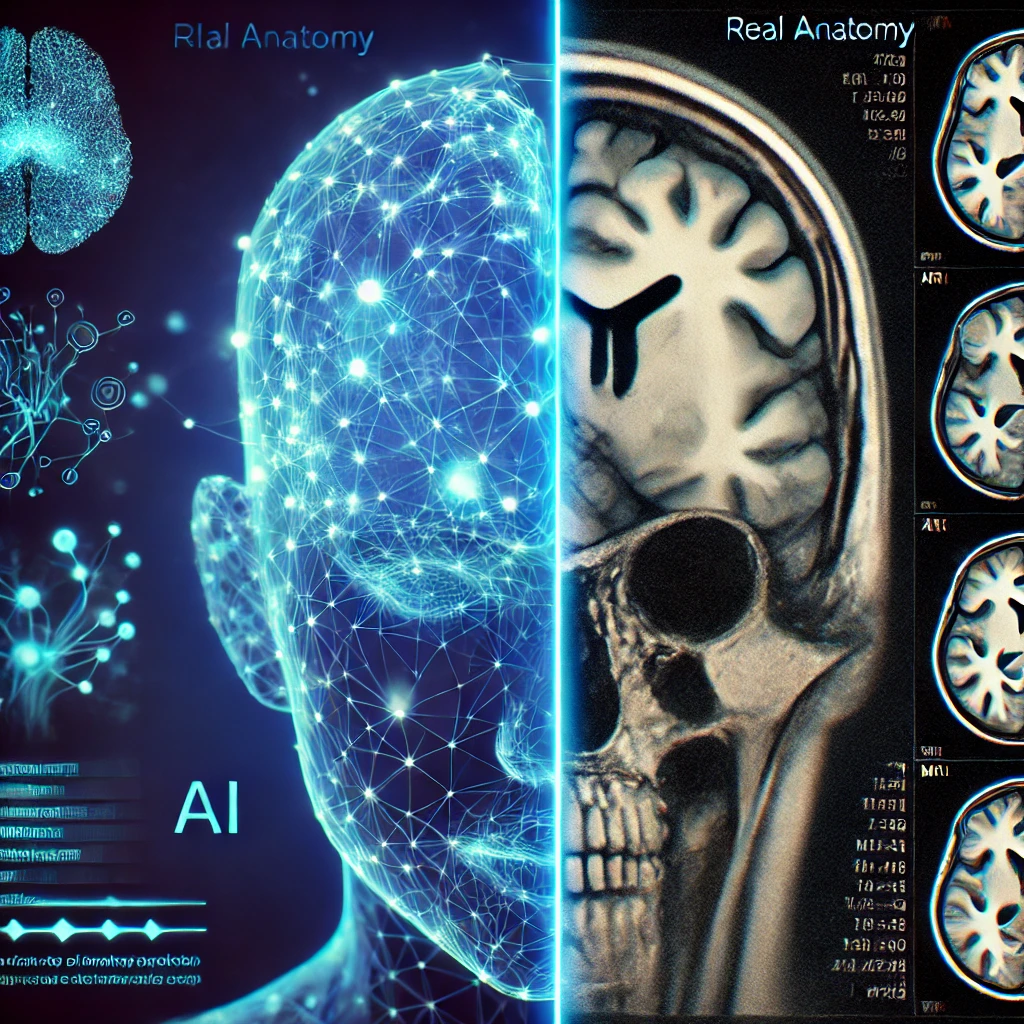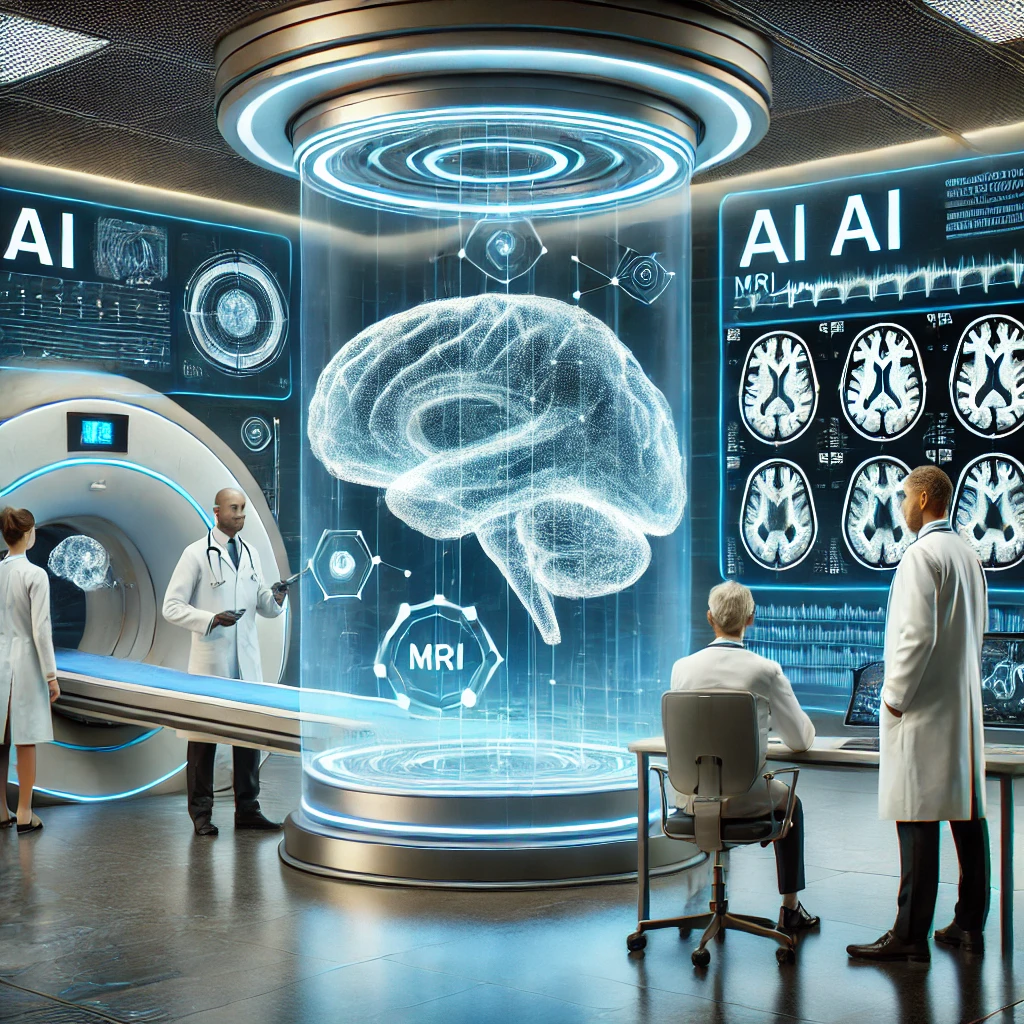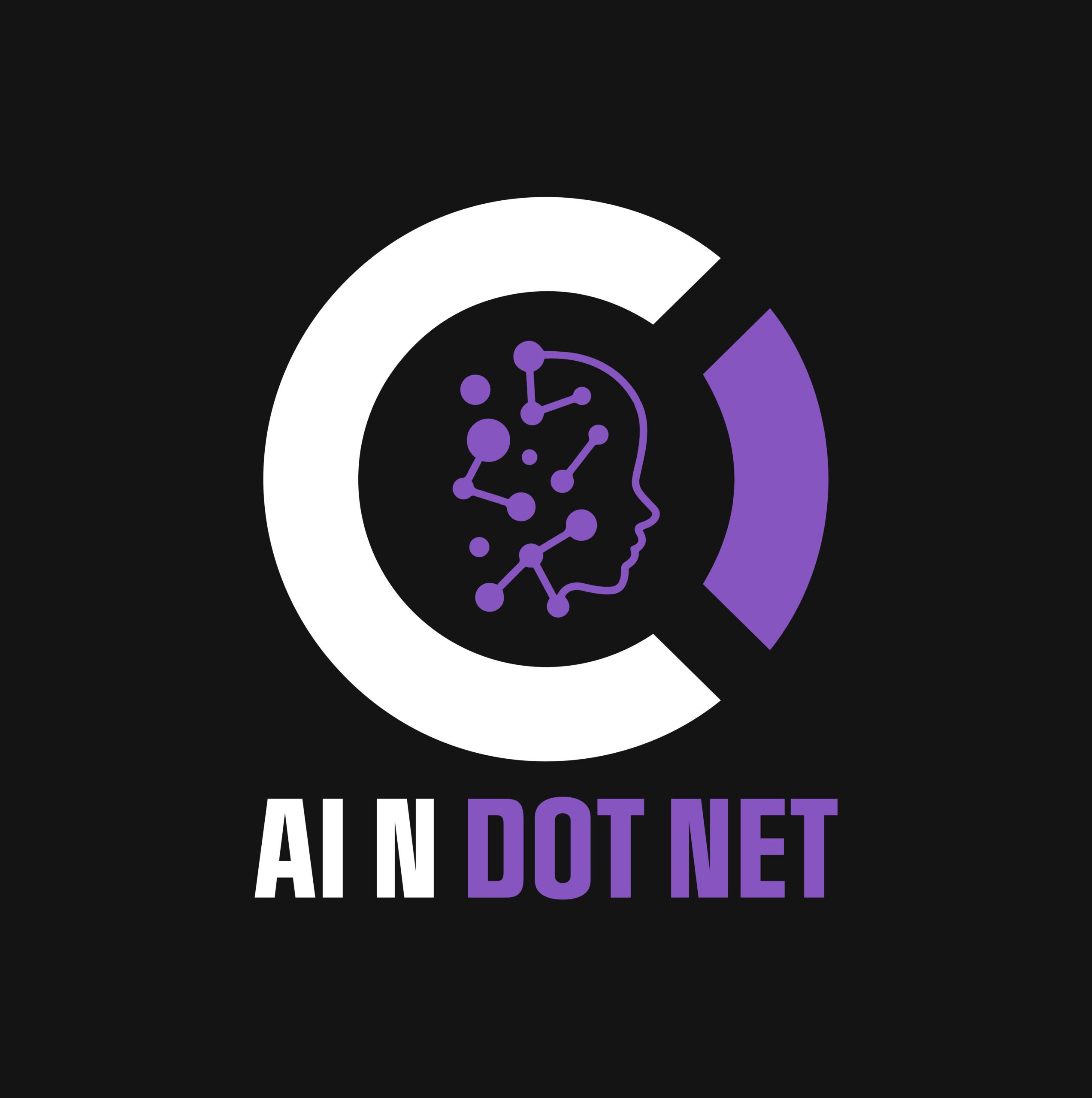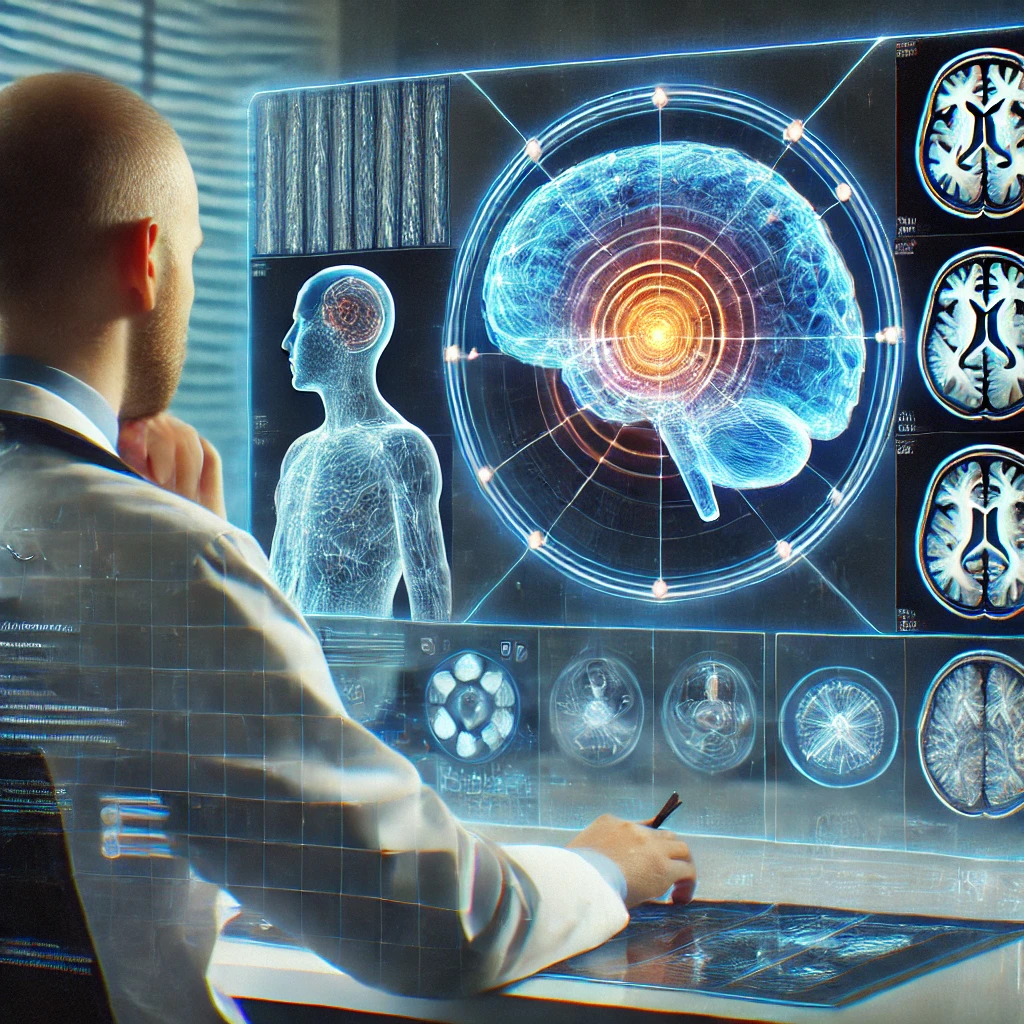Artificial Intelligence (AI) is transforming industries by automating tasks, uncovering insights, and improving decision-making. However, successful AI implementation requires more than just deploying a model—it demands rigorous testing, iterative refinement, and human oversight. A recent study on AI-driven brain tractography provides valuable lessons for organizations looking to apply AI effectively.
The Case Study: AI in Medical Imaging

A research team evaluated TractSeg, a deep-learning-based tractography tool, on patients who had undergone hemispherotomy—a surgery that disconnects one hemisphere of the brain to treat severe epilepsy. TractSeg was trained exclusively on healthy subjects, yet it managed to generalize to these highly abnormal cases with surprising accuracy. However, researchers identified two critical issues:
- Hallucination of Disconnected Brain Tracts – TractSeg erroneously reconstructed neural pathways that had been surgically severed, demonstrating the risks of applying AI without domain-specific testing.
- Missed and Incomplete Reconstructions – The model failed to recognize some tracts that should have been preserved, leading to undersegmentation.
To address these problems, the researchers refined the model by integrating anatomical priors using Tract Orientation Maps (TOMs). This enhancement ensured that tract reconstructions were backed by actual data, significantly improving accuracy.
Key Lessons for Businesses Applying AI
This case study illustrates critical takeaways for organizations aiming to integrate AI into their operations:
1. AI Must Be Tested in Real-World Scenarios
Pre-trained AI models may not perform reliably when applied to new environments. Organizations must rigorously validate AI systems on real-world data before full deployment.
2. AI Alone Isn’t Enough—Hybrid Approaches Work Best
The researchers improved TractSeg by combining AI with traditional domain knowledge. Businesses should follow suit by integrating AI with human expertise and domain-specific insights.
3. Iteration and Refinement Are Key to Success
The initial AI model performed well but had limitations. By iterating and refining the approach, the researchers significantly improved accuracy. Similarly, businesses should adopt an iterative mindset when deploying AI solutions.
4. Data Quality and Fidelity Matter
AI decisions must be supported by accurate, high-quality data. The study showed that ensuring ‘data fidelity’—tracking only where clear evidence exists—prevented hallucinated results.
5. Human Oversight Remains Essential
Despite AI’s capabilities, human validation was required to detect errors and refine the model. Organizations should implement human-in-the-loop processes to oversee AI-generated outcomes.
Applying These Lessons to Business AI Initiatives

For enterprises and government entities exploring AI, this study provides a roadmap for success:
- Assess AI models rigorously before applying them in high-stakes environments.
- Use AI as an enhancement, not a replacement for human expertise.
- Iterate based on real-world testing to refine and improve AI systems.
- Ensure data integrity to avoid misleading results.
- Maintain human oversight to catch errors and ensure accountability.
Conclusion
AI is a powerful tool, but its effectiveness depends on how it is applied, tested, and refined. The lessons from AI-driven medical imaging extend far beyond healthcare—they apply to any business seeking to leverage AI for meaningful impact. Organizations that embrace testing, iteration, and human oversight will be best positioned to unlock AI’s full potential while avoiding costly mistakes.
By learning from real-world AI applications like TractSeg, businesses can develop smarter, more reliable AI-driven solutions that truly deliver value.
Want to stay ahead in applied AI?
Subscribe to our free newsletter for expert insights, AI trends, and practical implementation strategies for .NET professionals.
📑 Access Free AI Resources:
- Download our free AI whitepapers to explore cutting-edge AI applications in business.
- Check out our AI infographics for quick, digestible AI insights.
- 📖 Explore my books on AI and .NET to dive deeper into AI-driven development.
References
Disclaimer
We are fully aware that these images contain misspelled words and inaccuracies. This is intentional.
These images were generated using AI, and we’ve included them as a reminder to always verify AI-generated content. Generative AI tools—whether for images, text, or code—are powerful but not perfect. They often produce incorrect details, including factual errors, hallucinated information, and spelling mistakes.
Our goal is to demonstrate that AI is a tool, not a substitute for critical thinking. Whether you’re using AI for research, content creation, or business applications, it’s crucial to review, refine, and fact-check everything before accepting it as accurate.
Lesson: Always double-check AI-generated outputs—because AI doesn’t know when it’s wrong! 🚀

